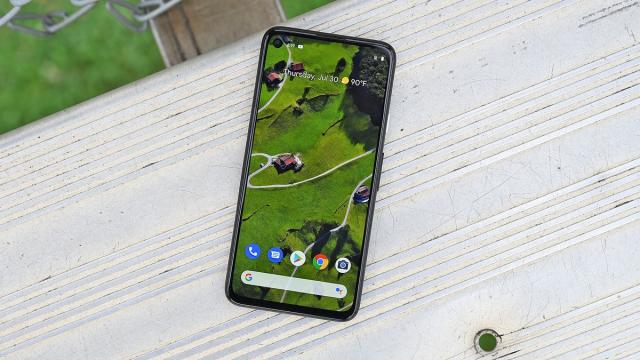If you’re looking at a top-tier smartphone, the phone part tends to play second fiddle. You’re really buying a camera. Here are some of the best phone cameras in Australia right now.
The best camera is the one you have on you, so why wouldn’t you want that camera to be as good as possible? You’re hardly going to give your friends FOMO if your food porn looks like it was taken on a potato.
So, whether you want to capture precious memories or just make it look like you’re living your best life.
Best Phone Cameras: OPPO Find X2 Pro
Rear-facing camera setup: 48MP primary lens + 48MP ultra-wide lens + 13MP 5x telephoto lens
OPPO phones keep getting better every year, and the Find X2 Pro further reinforces that. With its latest flagship, OPPO has gone from having decent cameras to having one of the best.
The Find X2 Pro has a triple lens setup that’s about as versatile as they come. The primary lens takes excellent photos in any condition, including complete darkness. The zoom lens can still get great results when you push it to 10x magnification. And while ultra-wide lenses often feel like a compromise when compared to a phone’s standard lens, the Find X2 Pro’s is pretty much on par.
Better yet, at $1,599 outright, the Find X2 Pro is one of the more affordable flagship smartphones around.
Here are a couple of OPPO Find X2 Pro camera samples:

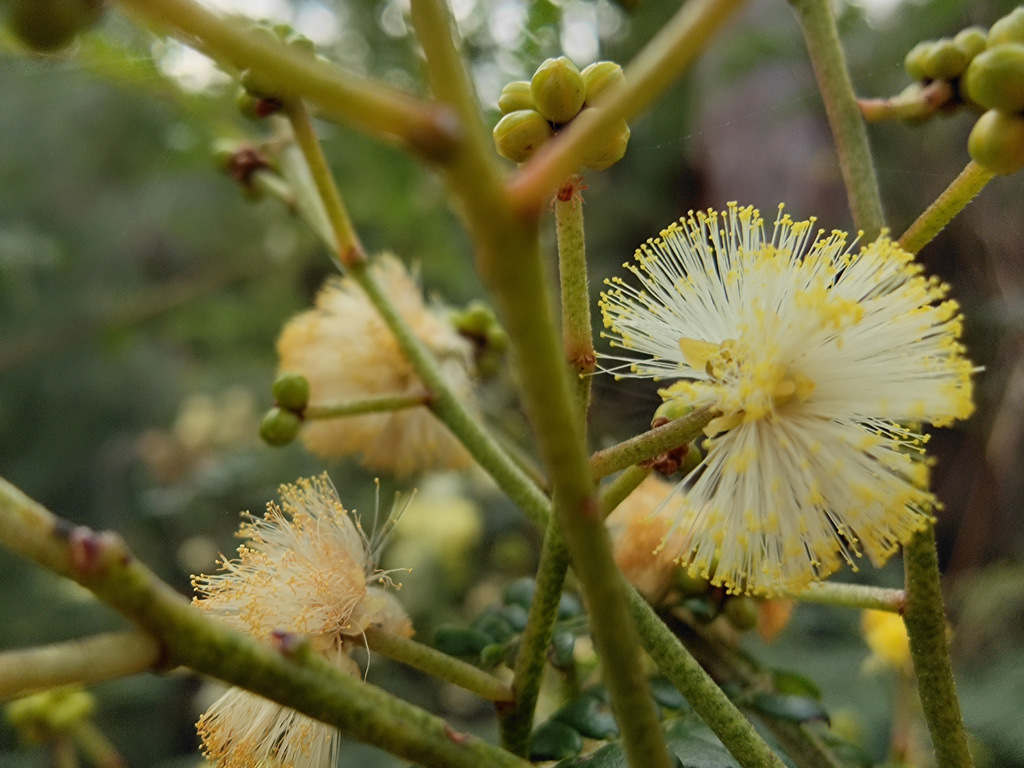
And here are a few OPPO Find X2 Pro plans:
You can read our thoughts on the OPPO Find X2 Pro here.
Best Phone Cameras: Google Pixel 4a
Rear-facing camera setup: 12.2MP primary lens.
Last year’s Pixel 3a proved that you didn’t need to spend four figures to get an excellent camera, and Google has only reinforced this with the Pixel 4a. The $599 smartphone is cheaper than last year’s model, but can rival $1,999 phones like the Galaxy Note 20 Ultra in terms of photographic prowess.
No matter what kind of environment you’re shooting in, the Pixel 4a can get a great shot – and does so consistently. There’s also a whole host of software features including a fantastic portrait mode, astrophotography, and better than expected digital zoom.
The only sacrifice you make by picking the Pixel 4a over a more expensive smartphone is the lack of other lenses. The Pixel 4a has just one rear-facing camera, which is a bit of an oddity for 2020. But hey, I’d much prefer to have one amazing camera than four average ones.
As with the Pixel 3a before it, the Pixel 4a camera is so much better than its price tag would suggest. It’s not just the best camera on a midrange phone, the Pixel 4a has one of the best cameras around, full stop.
Here are a couple of Google Pixel 4a camera samples:
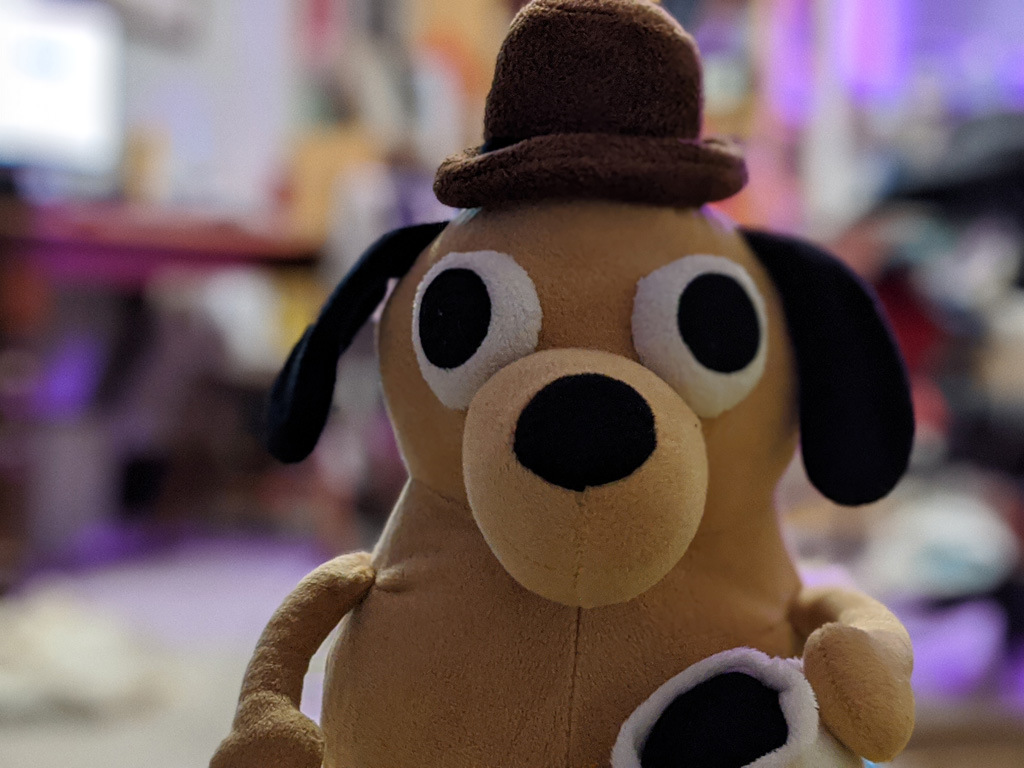

And here’s a look at some Pixel 4a plans (note: it’s currently only available on Vodafone):
You can read our Google Pixel 4a review here.
iPhone 11 Pro
Rear-facing camera setup: 12MP primary lens + 12MP 2x zoom lens + 12MP ultra-wide lens.
Camera quality was one of the largest improvements brought around by the iPhone 11 Pro family, with the devices touting better lowlight photography and an all new ultra-wide lens. Apple went from playing catch-up to being up there with the best of the best.
Apple’s night mode isn’t quite as dramatic as what you’d get on competing phones and you don’t get the same kind of long range zoom as we’re seeing on phones like the Find X2 Pro and Note 20 Ultra, but all in all, the iPhone 11 Pro delivers excellent results.
One of my favourite things about the iPhone 11 Pro camera is the consistency between lenses. Colour and quality are uniform no matter what lens you’re using, which is rare to see. It makes it feel like you’re shooting with one versatile camera, rather than three separate lenses.
While the iPhone 11 Pro and iPhone 11 Pro Max are set to superseded in October, they’re still fantastic smartphone cameras one year on.
Here are a couple of iPhone 11 Pro samples:

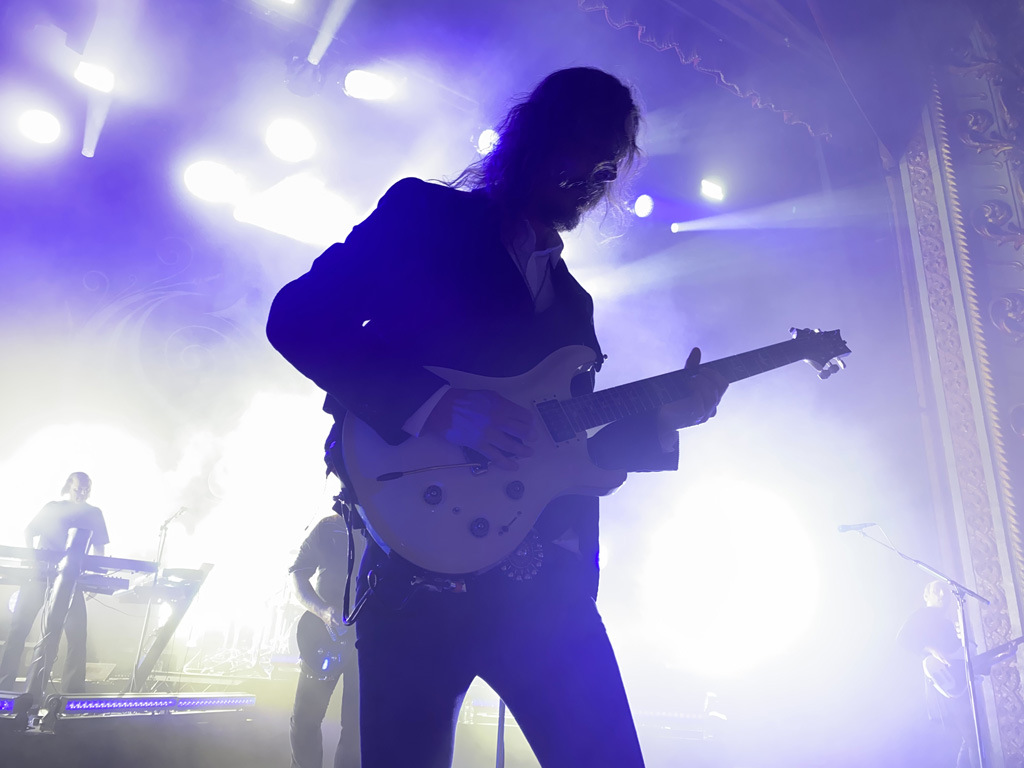
And here’s a look at the plans you can get the iPhone 11 Pro on:
And here are some iPhone 11 Pro Max plans:
Both the iPhone 11 and the iPhone 11 Pro Max have an identical camera setup.
You can read our iPhone 11 review here.
Samsung Galaxy Note 20 Ultra

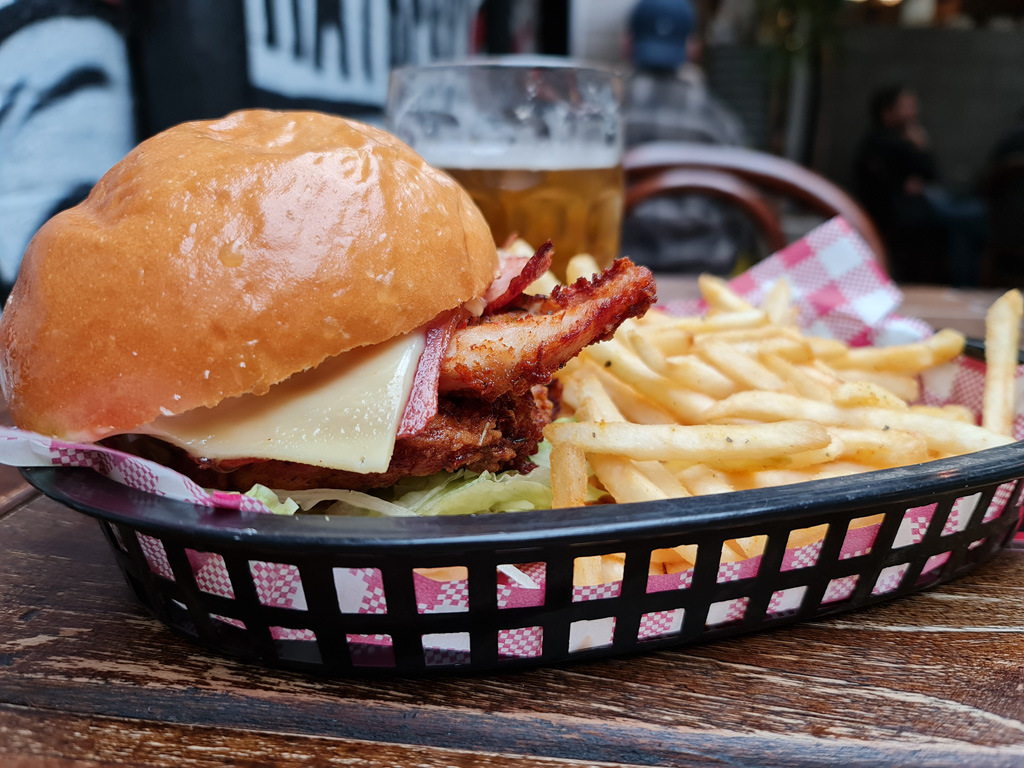
Rear-facing camera setup: 108MP primary lens + 12MP 5x zoom lens + 12MP ultra-wide lens + Laser Autofocus.
The Galaxy Note 20 Ultra can take stunning photos, but it can also be a tad inconsistent. The phone can struggle getting sharp shots of moving subjects – even in good lighting – and night mode images are prone to artificial looking blotchiness.
Otherwise, the Note 20 Ultra can do a great job. While long-range zoom can sound like a gimmick, you can still get great images at even 20x magnification (provided you have enough light). Images taken by the primary lens are almost detailed enough that you can significantly crop in on them and still get a good looking image. And as you’d expect from a Samsung device, the Note 20 Ultra excels at capturing vibrant images with a high amount of dynamic range.
Here are a couple of Galaxy Note 20 Ultra camera samples:
And here’s a look at some Galaxy Note 20 Ultra 5G plans:
And if you’re after a cheaper option, here are plans for the 4G Galaxy Note 20 Ultra:
You can read our Samsung Galaxy Note 2o Ultra Review here.
iPhone SE
Rear-facing camera setup: 12MP primary lens
If you’re after a cheaper smartphone but want to stick with Apple, the new iPhone SE is no slouch when it comes to camera performance. Despite being much more affordable than an iPhone 11, the photo quality is almost indistinguishable if you’ve got enough light.
The iPhone SE doesn’t perform as well in lowlight environments, however. You can still get a decent shot – images are just a bit darker and grainier.
The Pixel 4a does a better job than the iPhone SE when it comes to photography on a more affordable smartphone, but Apple’s latest won’t disappoint. If you’re after an iPhone on the cheap(ish), the SE won’t let you down when it comes to camera quality.
Here are a couple of iPhone SE camera samples:
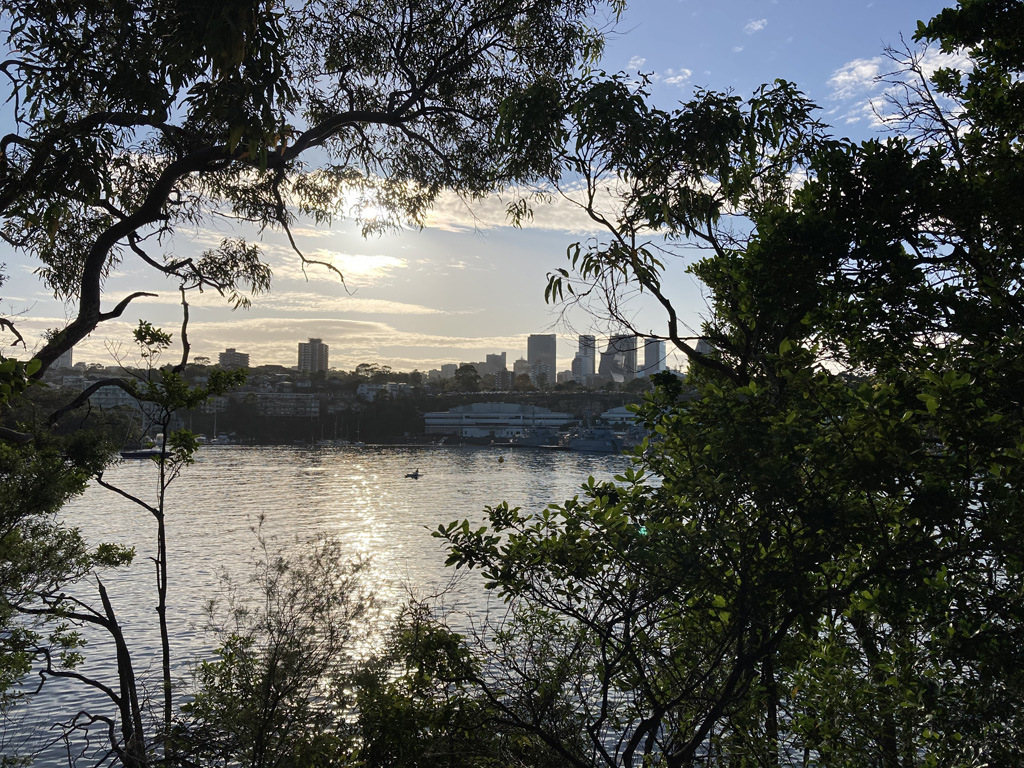
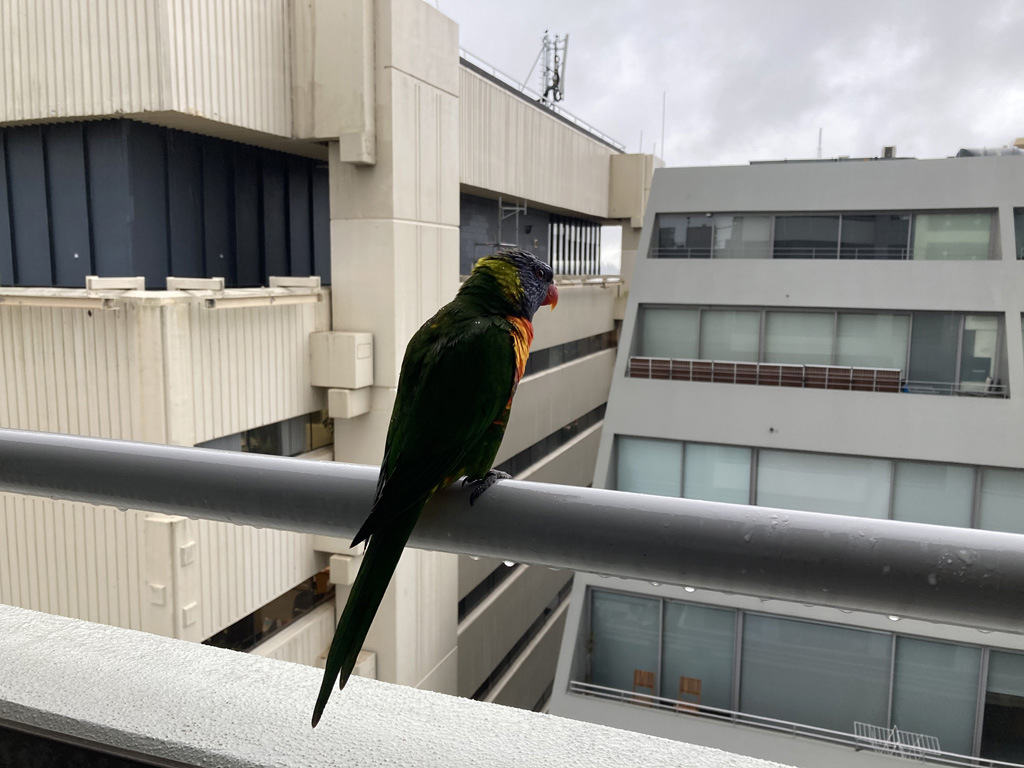
You can read our iPhone SE review here.
And here’s a look at the plans you can get the iPhone SE on:
Alex Choros is Managing Editor at WhistleOut, Australia’s phone and internet comparison website.
